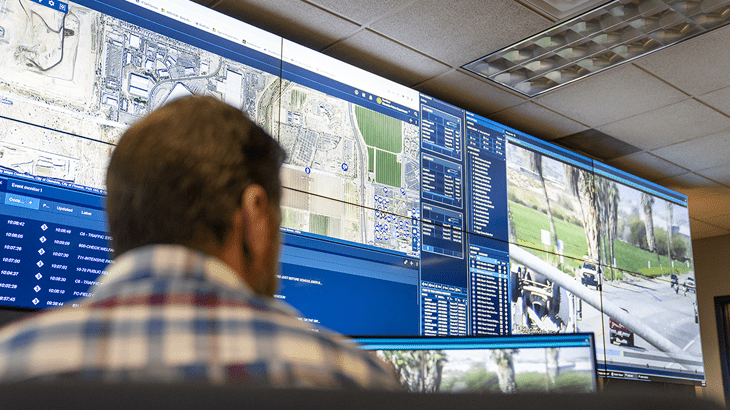CXpose.tech’s Expert Contributor Alvin Rodrigues reminisces about his days as a marketer and now cautions, as a seasoned cybersecurity professional and book author, that despite the allure of marketing, cybersecurity has become more essential than ever.
Marketing is a dynamic and ever-evolving field that has significantly transformed over the past 25 years. In the mid-1990s, the landscape was more straightforward, emphasising traditional media such as print, radio, and television. Content marketing was focused on traditional forms like magazines and direct mail (snail mail).
Marketers focused on broad strategies, aiming for wide-reaching impact through mass advertising campaigns. Consumer engagement was primarily one-way and siloed, with limited feedback channels available. The pace of marketing campaigns was generally slower, allowing for meticulous planning and execution. I am not saying that marketing today is less thorough in planning and execution. If anything, it is more meticulous.
The era was characterised by a nascent internet, where email was beginning to emerge as a communication tool, albeit in a primitive, text-only format. This period lacked the sophisticated HTML emails and automated invitation processes we’re accustomed to today. Invitations and other marketing materials were often distributed using facsimile (fax) machines, snail mail, personal delivery, and manual methods with limited adoption of digital technologies.
I remember during these early days of the Internet, when new marketing mediums and strategies were introduced, transitioning from the impersonal, broad campaigns of the past to more targeted and relationship-focused approaches.

Yet digital marketing was still in its infancy, and early online advertising efforts were quite rudimentary. For instance, the first banner ad appeared in 1994, signalling the beginning of online advertising.

Fast forward to today, and the scenario has drastically changed. The digital revolution has introduced many new channels and tools, from social engine optimisation (SEO), search engine marketing (SEM), and social media platforms offering blogs, podcasts, video content and on-demand webinars to advanced data analytics and AI-driven marketing techniques.
Planning and execution for marketing has gotten more meticulous.
This digital shift has multiplied the touchpoints marketers must consider, significantly raising consumer expectations for personalised, engaging experiences. The advent of real-time feedback loops has put additional pressure on marketers to respond swiftly to market trends and consumer sentiments. In addition, the line between digital and physical marketing is blurred with technologies like augmented reality, QR code, proximity marketing and more. Moreover, the increased focus on metrics and ROI and the rapid technological advancements have made the field more complex and demanding.
Today’s marketers face the challenge of navigating a fragmented media landscape, where campaign success often hinges on their ability to leverage data intelligently and adapt to fast-changing consumer behaviours. The shift towards digital has expanded the toolkit available for marketers and introduced new pressures to stay ahead in an increasingly competitive and saturated market. This evolution reflects the broader changes in society and technology, underscoring the adaptability and resilience required in marketing.
In a world where clicks can open doors to vast digital kingdoms and a simple email can be a disguised invader, staying safe online has never been more crucial, especially for those venturing into the bustling cities of the Internet—marketers. As our digital footprints expand, bridging the gap between the allure of marketing and the Fortress of cybersecurity becomes essential.
The next article will talk about the marketer’s quest, which is to navigate a perilous digital landscape!


 Alvin has over 30 years of experience and knowledge in enterprise software, cybersecurity, data centres, networking, and infrastructure in sales, marketing, and business development. For the longest time, he has also advised C-suite executives, decision-makers, and government officials across Asia-Pacific on cybersecurity strategies. Late last year, Alvin became a published book author, with his book “You are Being Watched” subsequently becoming
Alvin has over 30 years of experience and knowledge in enterprise software, cybersecurity, data centres, networking, and infrastructure in sales, marketing, and business development. For the longest time, he has also advised C-suite executives, decision-makers, and government officials across Asia-Pacific on cybersecurity strategies. Late last year, Alvin became a published book author, with his book “You are Being Watched” subsequently becoming 






